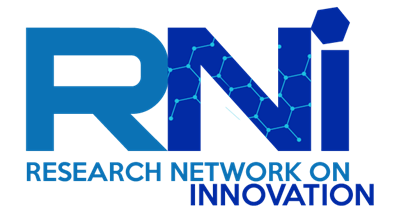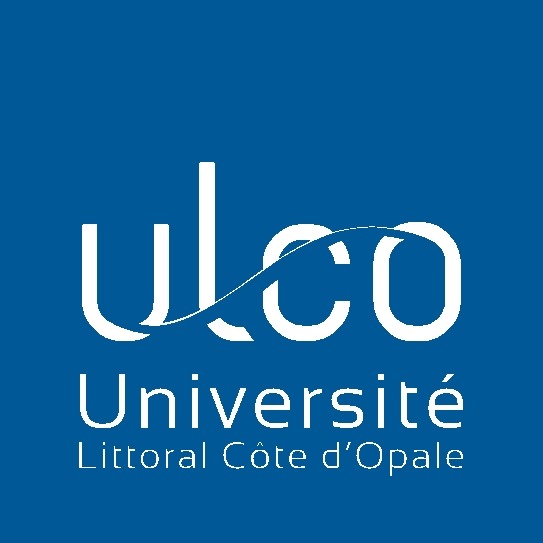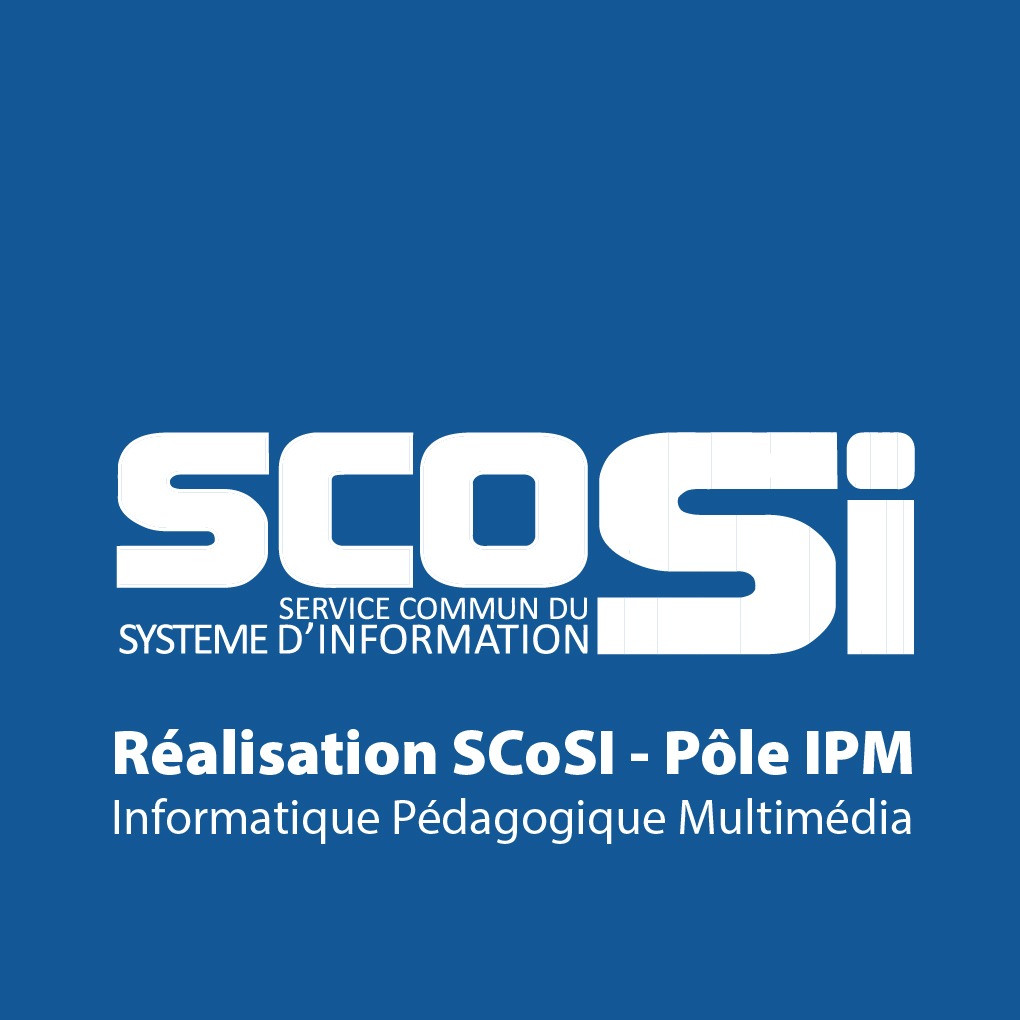In a context of increased uncertainty and instability characterized by the acceleration of transformations, the emergence of new usages and new business models, innovation has become a key stake for companies, independently of their size and activities[1].
In 2018, Bloomberg Innovation Index[2] showed that while French firms improve in this ranking, they barely enter the championship of the world’s 10 most innovative countries. Companies are thus invited to transform the innovation models and open their R&D to closer cooperation with the rest of the firm and with their ecosystem (customers, suppliers, universities, public actors, research labs…).
In these new approaches of collaborative innovation, an increasing number of firms discover the key role played by communities. According to FNEGE’s barometer of 2018, 88% of managers consider communities of practice as a key stake for their firm[3]. The press and the academic literature provide numerous examples of companies such as Lego, Decathlon, Ubisoft or Salomon that successfully leveraged their customers’ enthousiasm and knowledge to innovate without increasing their long-term fixed costs[4].
In parallel, internal communities also develop within firms (e.g. Schneider-Electric, ENGIE or Spie batignolles) to identify and exploit their staff’s innovative ideas, break-down vertical ‘silos’ and instill a new social dynamic based on sharing and solidarity.
The special issue of Innovations published in January 2019 on ‘communities and agility – the complexity of the innovative organization’ reflects this variety. Its four articles review knowledge management and community governance mechanisms in specific conditions underlying the resistances and difficulties associated to the development of such informal structures and the role of creative spaces to favor collaboration. This special issue invites us to better capture the variety of community logics at play (economic, utilitarian, altruistic) and to adapt their deployment to the contexts in which they develop.
In large corporations with strong hierarchical structures (such as the airline industry), Sarah Nogues and Diane-Gabrielle Tremblay raise the issue of the link between the formal structure (hierarchy) and internal communities. These authors highlight the central role of transversal actors (flight manager) for managing community knowledge in such hierarchical contexts.
In highly uncertain contexts (such as exploration projects), Eric Schenk, Jean Philippe Bootz and Pascal Lièvre show that this key role is rather played by experts due to his/her capacity to handle emerging information and knowledge.
For Robert Viseur, online communities (open source) form another, fastly developing context that raises several management and governance issues for editors (risks of fracture) and calls for specific answers.
Lastly, Nicolas Aubouin and Ignasi Capdevila provide an original insight on the contexts formed by new creative and innovative spaces which develop both in cities and companies (co-working spaces, innovation labs, artlab, fablab, living lab) by analyzing their perceived value by community members that exploit them.
By
Florence CRESPIN-MAZET
(Kedge Business School Toulon, Florence.CrespinMazet@kedgebs.com)
Karine GOGLIO-PRIMARD
(Kedge Business School Toulon, karine.goglio@kedgebs.com)
Claude GUITTARD
(Université de Strasbourg, Université de Lorraine, AgroParisTech, CNRS, INRA, BETA, guittard@unistra.fr)
More : https://www.cairn.info/revue-innovations-2019-1.htm
[1] baromètre FNEGE – Mediamétrie, 2018 – 3ème édition du baromètre des grandes préoccupations des cadres dirigeants du secteur privé
[2] Bloomberg Innovation Index
[4] Antorini, Y. M., Muñiz Jr, A. M., & Askildsen, T. (2012). Collaborating with customer communities: Lessons from the LEGO Group. MIT Sloan Management Review, 53(3), 73.



